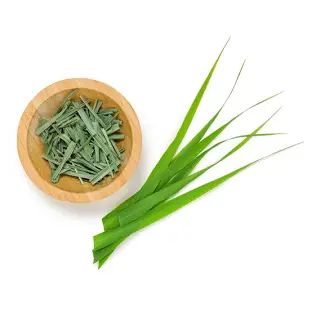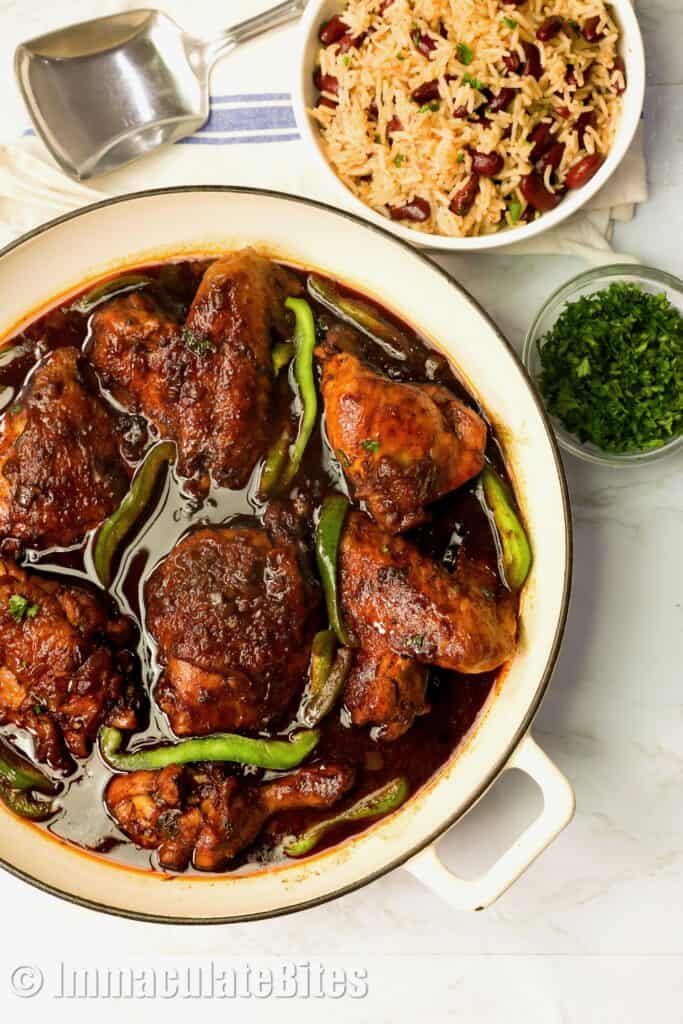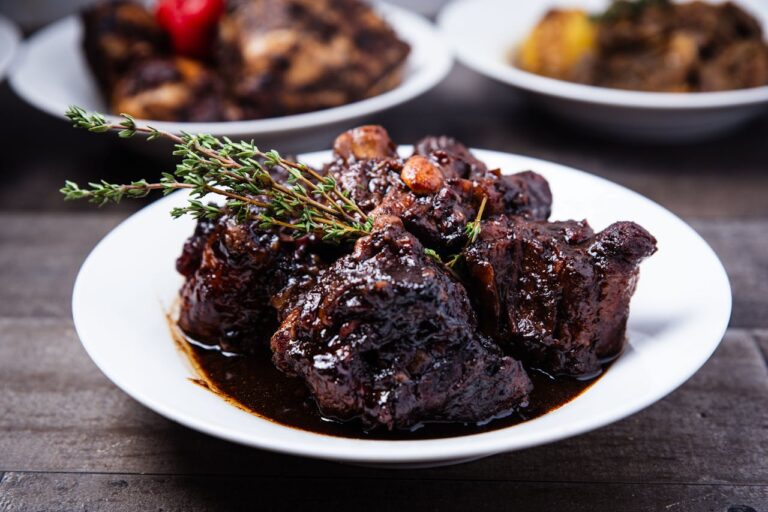Jamaica has a rich history of trailblazing individuals who have shaped the nation’s legacy. One such figure is George Stiebel, a man of remarkable vision and determination who rose from humble beginnings to become Jamaica’s first black millionaire. His story is one of resilience, ambition, and philanthropy, leaving behind a lasting mark on the country’s landscape and history.
Early Life and Struggles
George Stiebel was born in the early 19th century to a German Jewish father and a Jamaican mother. Growing up in modest circumstances, he faced social and economic challenges that many mixed-race individuals encountered during the colonial era. However, his entrepreneurial spirit and determination to succeed propelled him beyond these obstacles.
Journey to Wealth
Stiebel’s path to wealth began in the shipping and trading industry. As a young man, he worked as a carpenter and later invested in various business ventures, including trading goods between Jamaica and South America. His big break came when he invested in gold mining in Venezuela. Striking gold—both literally and figuratively—Stiebel amassed a significant fortune, returning to Jamaica as one of the wealthiest men on the island.
Philanthropy and Lasting Contributions
Despite his immense wealth, Stiebel never forgot his roots. He used his fortune to invest in the development of Jamaica, acquiring several properties, including the iconic Devon House in Kingston. Devon House, built in the late 19th century, stands today as one of Jamaica’s most treasured historical landmarks. It reflects his success and remains a symbol of black prosperity and perseverance.
Beyond real estate, Stiebel was also a philanthropist, donating to various causes and supporting infrastructural developments. He contributed to education, churches, and public welfare projects, making a tangible difference in the lives of many Jamaicans.
Legacy and Influence
George Stiebel’s legacy extends far beyond his financial achievements. He broke racial and class barriers in a time when opportunities for black Jamaicans were severely limited. His life story serves as an inspiration to many, highlighting the power of resilience, ambition, and generosity.
Today, Devon House continues to honor Stiebel’s memory, serving as a cultural heritage site that attracts visitors from all over the world. His story is a testament to the impact one person can have on shaping a nation’s history.
George Stiebel was more than just a millionaire—he was a pioneer, a visionary, and a philanthropist whose contributions continue to benefit Jamaica to this day. His journey from humble beginnings to extraordinary success remains a source of pride and inspiration for generations to come.
Further Reading
- 40 Facts About Jamaica: For Kids, Fun Facts About Jamaica, Sports, Nature, Food, Culture, Continent & More
- The Story of the Jamaican People
- The Mother of Us All: A History of Queen Nanny, Leader of the Windward Jamaican Maroons
- The Dead Yard: A Story of Modern Jamaica
One love One heart One People












